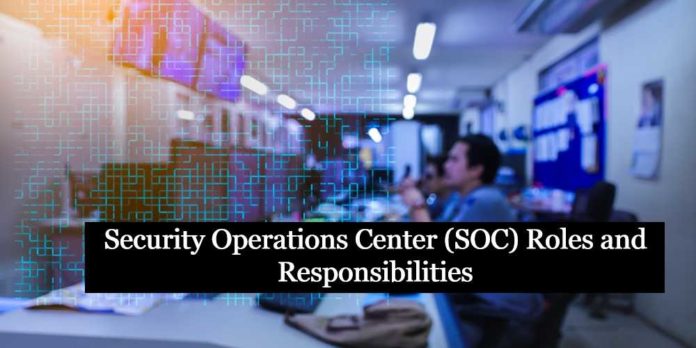SOC LEAD
- Security incidents and occurrences are tracked, analysed, and reported.
- Manage, tune, and optimise SIEM tool.
- Provide security controls such as IDS/IPS, endpoint security, vulnerability management, and data loss prevention recommendations to the client’s security team.
- With the support of the SOC manager, create new operational rules, processes, and procedures.
- Managing shifts / team in the 24X7.
- As an initial point of contact for the SOC team, assist them.
- Assist with handing out work assignments to the team members.
- Handling escalated security incidents.
- Guide and mentor L1 and L2.
- Find strategies to improve security procedures on a regular basis.
INCIDENT HANDLER
- Using SIEM tools for advanced analysis.
- Incident investigation and response skill.
- Log parsing and analysis skill.
- Knowledge of networking fundamentals.
- Knowledge of current threat landscape.
- Malware operation and indicators skill.
- Know about penetration techniques.
- Assist in defining and driving strategic initiatives.
- Working with Level 2 Analysts, create and develop SOC processes and procedures.
- Support the development of operational and executive reports.
THREAT HUNTER
- In the area of Threat collection, providing mentorship and support to peers.
- Capable of identifying need & driving solutions
- Providing guidance, in an autonomous mannet.
- Contribute to the identification (hunting) and profiling of threat actors and TTPs.
- To detect current threats, create and run custom analysis models using security event data.
- Integration of current security infrastructure and indicators is being implemented.
- Proactively identify threats for our global clients to complement the standard SOC.
- Investigate host, network and log-based security events.
- Assist in development of Threat Hunting service
- Communicate with clients and report on any prospective findings, both technically and commercially.
SECURITY ANALYST
- Perform investigations in response to security alerts.
- Gather evidence and put together a picture of the case.
- Determine how security incident occurred.
- Building capabilities that close information gaps.
- Defend customer security threats.
- Make plans for adversary eviction and incident response.
- Evaluate security risks.
- Create technical documentation.
- Using defence tool to conduct analysis.
- Collaborate with teams that are customer-focused.
SOC ANALYST
- Investigate and resolve technical problems.
- Prepare reports and dashboards.
- Monitor and response alerts.
- The incident response team responds to escalations.
- Provide technical and functional support to L1 team.
- Responsible for incident investigation.
- Provide threat and vulnerability analysis.
- Investigate, document, and report an information security issue.
- Log-correlation and anomaly detection.
- Understanding networking protocols.
SOC MANAGER
- Lead and manage SOC.
- Responsible for security event monitoring.
- Establish operational foundations.
- Perform threat management.
- Coordinate with stake holders.
- Creation of reports, dashboards.
- Manage and process improvement programme.
- Provide Security advisor.
- Assist analysts in following to established protocols and supervising employees.
- Keep your knowledge of cyber security up to date.
SIEM ENGINEER
- Procedures creation and execution are the responsibility of this position.
- Maintaining staff development and security systems in both internal and external situations.
- Will collaborate closely with senior engineers and threat analysts.
- Assist customers with Managed Security solutions as a principal responder.
- Works as a member of the SOC.
- Client-specific SIEM management solutions are the responsibility of this position.
- Assists with the escalation of significant and complex customer issues, as well as product configuration and testing.
- Assists with the development and documentation of work processes, as well as the training of other team members.
- Custom automation playbooks are possible to develop.
- The ability to analyze a network architecture diagram and create use cases.



































